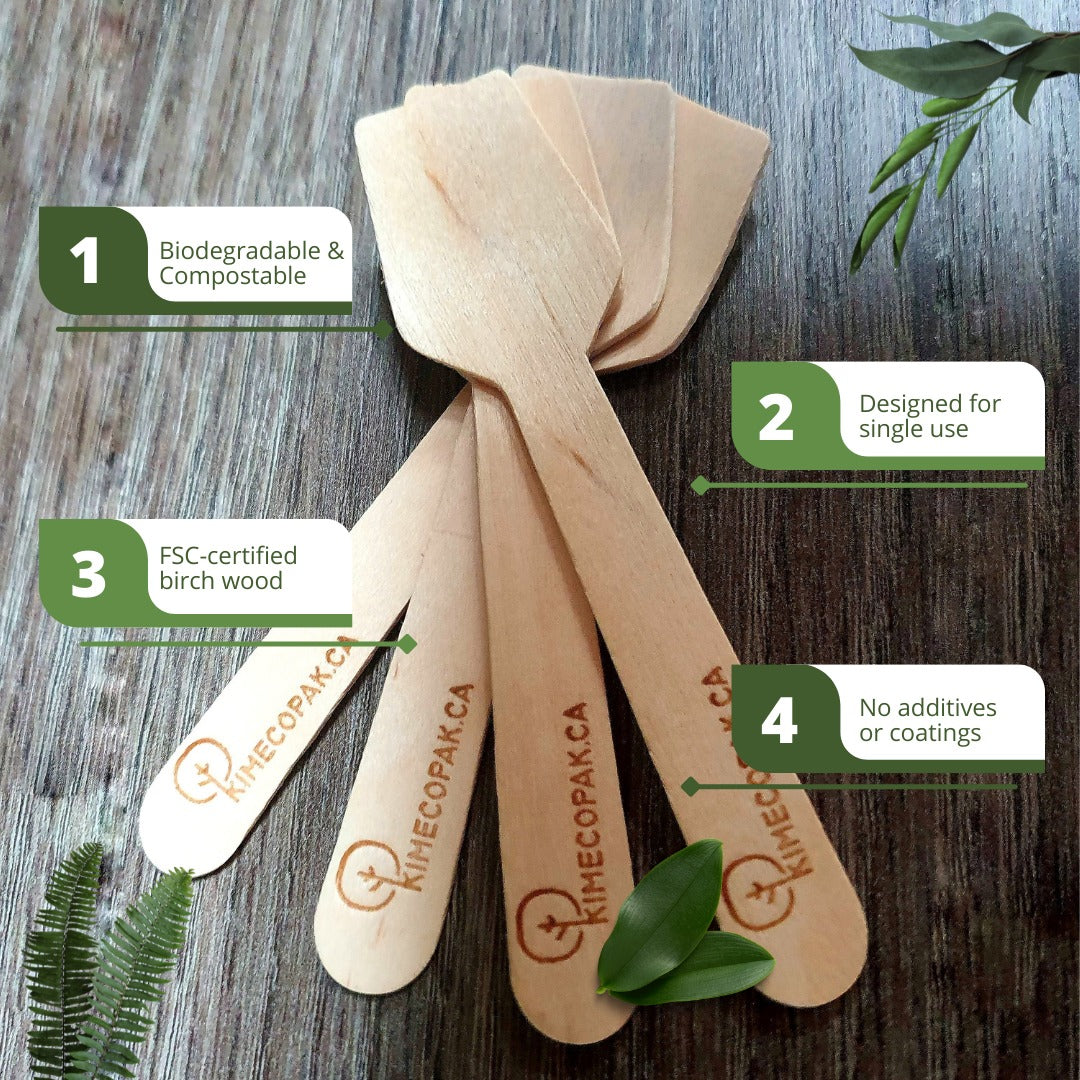Feta cheese is renowned worldwide for its distinctive taste and texture, but what exactly does feta cheese taste like? Its bold combination of a mild yet pronounced saltiness paired with a refreshing tangy sharpness sets it apart from other cheeses. Beyond flavor, feta’s crumbly and creamy texture adds a unique mouthfeel that enhances any dish it graces. In this blog, we’ll delve into the sensory experience of eating feta, breaking down its flavor notes, texture, and why it remains a staple in Mediterranean cooking and a favorite for food lovers everywhere. Whether you’re a cheese enthusiast or a curious foodie, understanding feta’s taste can enrich your culinary adventures.
- Feta Cheese Explained: Origin, Health Benefits, and Serving Ideas
- Types of Feta Cheese: A Guide to Varieties, Flavor, and Uses
- How to Make Homemade Feta Cheese easily
What is Feta Cheese?

Feta cheese is a traditional Greek cheese with a history spanning over 2,000 years. It is mainly made from sheep’s milk or a blend of sheep’s and goat’s milk, which gives it its unique flavor and texture. Feta belongs to the family of brined cheeses, meaning it is stored and aged in a salty liquid called brine. This brining process preserves the cheese and gives it the signature tangy, salty taste along with a crumbly but creamy texture.
Unlike many cheeses, feta doesn’t melt when heated; instead, it softens while maintaining its shape and texture, making it ideal for salads, baking, or topping dishes. Its distinctive flavor and versatility have made it a staple in Mediterranean cuisine and a favorite ingredient worldwide.
What Does Feta Cheese Taste Like?
Feta cheese is celebrated for its distinctive and bold flavor profile that instantly adds character to any dish. At first bite, you’ll notice its mild yet pronounced saltiness, a direct result of the traditional brining process. This saltiness is perfectly balanced not overwhelming, but enough to enhance the cheese’s natural richness and complement a wide variety of foods.
One of the hallmarks of feta’s taste is its lively tangy and slightly sour undertone. This sharp, refreshing acidity brightens the palate and cuts through fattier ingredients such as olive oil or roasted vegetables, making feta refreshingly vibrant. Unlike milder soft cheeses that can sometimes feel bland, feta’s tang brings a clean crispness that invigorates the taste buds. This tanginess varies subtly depending on the milk blend and aging process, giving each batch a nuanced complexity.
Texturally, feta possesses a unique soft yet crumbly consistency. It does not have the smooth, creamy texture of cheeses like cream cheese or ricotta. Instead, it breaks apart easily into small, tender chunks that maintain their shape, allowing feta to be easily sprinkled over salads or folded into other dishes. This crumbly nature is highly valued because it enables feta to disperse throughout a dish, distributing bursts of flavor evenly with every bite.
Compared to other soft cheeses, feta offers a deeper, richer flavor intensity. It carries a complex layering of milky creaminess, briny salt, and tart acidity, making it a standout ingredient. Its flavor is robust enough to shine on its own, yet versatile enough to harmonize with fresh vegetables, fruits, herbs, and spices.
Feta’s flavor goes beyond just saltiness and tang, it also imparts subtle earthy and nutty notes, which stem from the quality of the sheep’s and goat’s milk used in production. These underlying hints add depth and sophistication, making it suitable for both rustic dishes and gourmet preparations alike.
The versatility of feta’s taste means it works beautifully in a range of culinary contexts:
- In salads, its salty sharpness balances the sweetness of tomatoes and crunch of cucumbers, creating a refreshing contrast.
- When baked, as in traditional Greek spanakopita or the viral baked feta pasta, feta softens and melds with other ingredients while holding its core identity, adding creamy texture without melting into a gooey mass.
- Paired with fruits such as watermelon or figs, feta’s saltiness amplifies the sweetness of the fruit, creating an exciting sweet-salty interplay that surprises and delights.
Because of this intense flavor, a little feta goes a long way just a few crumbles can transform simple meals into flavorful dishes with a satisfying depth of taste. These characteristics make feta a favorite among home cooks, chefs, and food artisans seeking a cheese that delivers bold taste and texture without overpowering other ingredients.
Taste of Feta Cheese - Why It's So Unique
Salty and Tangy Flavor Profile
Feta’s distinctive flavor largely comes from its traditional aging in a saltwater solution known as brine. This brining process not only preserves the cheese but also infuses it with a mildly salty taste and a refreshing tangy acidity. The salt concentration in the brine balances moisture retention and flavor development, creating the savory character feta is famous for.
Fresh feta, which has been in brine for a shorter time, tends to have a lighter saltiness and a brighter, more pronounced tang, making its flavor fresher and sharper. As feta ages longer in the brine, the saltiness deepens and the acidity softens, yielding a richer, more mellow taste with a slightly creamy complexity. This maturation also brings subtle changes in aroma and flavor intensity, providing a broader flavor spectrum depending on the feta’s age.
The combination of salt and acid from brining distinguishes feta from many other cheeses, offering a balanced sharpness that both uplifts and complements various ingredients in recipes, from fresh vegetables to baked dishes.
Crumbly, Creamy Texture
Feta’s texture is one of its most celebrated features, offering a unique crumbly yet creamy mouthfeel. On the palate, feta breaks apart easily into tender pieces rather than melting smoothly, giving a satisfying burst of flavor with each bite.
This crumbly texture is ideal for sprinkling over salads where it adds a pleasant contrast to crisp greens and fresh vegetables and for baking, where it softens without turning runny, maintaining a rich creaminess in dishes like spanakopita or baked pasta. In dips and sauces, feta’s slight creaminess helps create smooth, flavorful spreads that are both rich and tangy.
The characteristic texture and flavor synergy make feta exceptionally versatile in the kitchen, suitable for cold dishes where it delivers bursts of salty tang, as well as warm dishes where it adds moisture and depth without losing its structure.
Feta Cheese Flavor Differences by Milk Type

Goat’s Milk Feta vs Sheep’s Milk Feta
The character of feta cheese changes dramatically depending on whether goat’s or sheep’s milk is used in its production, each bringing distinct qualities from the farm to your table.
Goat’s Milk Feta:
Feta made primarily from goat’s milk is celebrated for its sharp and tangy profile. The tanginess is more pronounced, with a lively acidity that wakes up the palate and leaves a lingering, vibrant finish. Goat’s milk naturally imparts a slightly grassy or earthy aroma that can verge on being “gamey” or robust qualities that appeal to cheese enthusiasts looking for a bold flavor. When tasted, goat’s milk feta comes across as fresher and zestier, with a dry crumbliness that works beautifully in dishes where the cheese is meant to stand out such as in salads with peppery greens, or as a contrast to sweet fruits like watermelon or figs.
This style of feta also tends to have a whiter color and firmer consistency. Its flavor can be described as bright, almost citrusy, and slightly pungent, which is why goat’s milk feta is often chosen for recipes that benefit from an assertive and tangy cheese presence—adding a spark to grain bowls, hearty vegetable bakes, or Mediterranean flatbreads.
Sheep’s Milk Feta:
In comparison, feta crafted from sheep’s milk boasts a milder, sweeter taste and a notably creamier texture. Sheep’s milk contains more fat than goat’s milk, resulting in a richer mouthfeel and a subtle, buttery character that soothes the palate. The salty tang is still present but feels rounder and less sharp, with a gentle sweetness and faint nutty undertone that balances out the saltiness and acidity.
On the tongue, sheep’s milk feta feels luxuriously smooth and delicate, with a soft crumble that nearly melts in your mouth. Its aroma is softer, lacking the stronger, herbal scent of goat’s milk feta. This makes sheep’s milk feta ideal for dishes where you want creaminess and depth without overwhelming other ingredients such as folding it into omelets, stirring into risottos, or tucking inside pastries like spanakopita. The rich, mellow finish also makes it a favorite on cheese boards, paired with honey or dried fruits.
Cow’s Milk Feta (Modern Variants)
Cow’s milk feta is a more contemporary creation and diverges noticeably from the traditional Greek varieties. Its flavor is noticeably milder and less salty, with a subdued tang and softer dairy sweetness. Cow’s milk feta tends to be creamier and smoother sometimes even spreadable with a texture more akin to soft fresh cheese than the crumbly resilience of classic feta.
This modern type is often selected for its neutral profile, making it a gentle addition that blends seamlessly into mixed salads, pasta, or creamy dips. While cow’s milk feta doesn’t deliver the total flavor punch of sheep’s or goat’s milk types, it is often more affordable and widely available outside Greece. Its soft, yielding texture also makes it suitable for recipes where the cheese needs to blend or melt easily, such as in baked casseroles, whipped spreads, or stuffed breads.
However, cheese aficionados may find cow’s milk feta lacking that traditional feta complexity the signature briny salt and lively tang as it tends to be less robust, slightly sweeter, and less assertive overall. This makes it a great choice for those who prefer milder cheeses or want to use feta in dishes where other flavors should take center stage.
What Factors Affect the Taste of Feta Cheese?
The uniqueness of feta cheese arises from an interplay of origin, production, aging, and storage. Each variable, from the animal supplying the milk to the tools used for preservation, helps create the complex, layered flavor spectrum that distinguishes different types of feta.

Origin of Milk (Goat, Sheep, Cow)
The type of milk used is foundational:
- Sheep’s Milk: Rich in fat and protein, sheep’s milk yields a feta that is luxuriously creamy, slightly sweet, and mild in flavor. Its high fat content allows for a smoother texture and subtle nutty undertones. This richness makes sheep’s milk feta particularly prized in traditional Greek recipes.
- Goat’s Milk: Brings a sharper tang and pronounced earthy aroma. Goat’s milk feta is noticeably zesty, with a brightness that stands out in dishes needing a strong flavor counterpoint. The unique chemistry of goat’s milk produces a more crumbly structure and sometimes a slightly “gamey” note—a favorite among cheese enthusiasts.
- Cow’s Milk: Often found in modern factory-made versions, cow’s milk produces feta with a creamier, softer texture and a more neutral, milder flavor. Its lower fat content compared to sheep’s milk can lead to a softer, sometimes even spreadable cheese, suitable for people who prefer a less intense taste.
Brining Duration (Time in Saltwater)
The brining period has a profound impact:
- Short Brining: Yields “fresh” feta brighter, more acidic, and less salty, with a firmer consistency. It’s often favored for salads and lighter dishes where a vibrant taste is desired.
- Extended Brining: As feta ages in brine, its salt levels increase and the cheese grows creamier and softer. The initial sharp acidity becomes more mellow and complex, sometimes developing hints of earthiness or nuttiness. Aged feta holds its own in robust recipes like spanakopita or baked casseroles.
Traditional vs Industrial Production Methods
- Traditional Techniques: These typically use raw or minimally pasteurized milk and starter cultures native to the region. The curds are hand-ladled and aged longer in wooden barrels, allowing native microflora to impart layers of savory, tangy, and sometimes grassy undertones the kind of feta that tastes intensely “alive.”
- Industrial Processes: Modern, large-scale production uses pasteurized milk, standardized cultures, and shorter, highly controlled brining intervals. The result is more consistent and safe, but may lack the same depth, rustic character, and variability as traditional feta.
Storage After Opening
Proper storage is essential to preserve taste and texture:
- In Brine: Storing feta in its original or homemade brine (a solution of water and salt) slows spoilage, keeps the texture moist, and maintains its full flavor. The cheese remains tangy and crumbly for longer periods.
- Airtight, Food-Safe Containers: Using specialized, airtight containers helps protect feta from contaminants, off-odors, and moisture loss. These containers are especially valuable if you portion feta for meal prep or need to extend its shelf life for business uses.
- Sustainable Options: Eco-friendly storage containers, combine food safety with environmentally responsible materials, ensuring your feta stays fresh while minimizing plastic waste.
Best Flavor Pairings with Feta Cheese
Feta’s uniquely tangy, salty flavor and crumbly texture make it a natural partner for a wide array of foods. Thoughtful pairings can create harmonious flavor contrasts or enhance the cheese’s best qualities, whether you’re building simple salads, preparing appetizers, or creating sophisticated entrees.

Tomatoes, Cucumbers, and Olives
- Tomatoes: The juicy, slightly acidic nature of ripe tomatoes beautifully offsets feta’s saltiness. In traditional Greek salad, the union of tomato and feta is iconic each bite delivers brightness, umami, and refreshing juiciness. For a twist, try layering feta with heirloom tomatoes, basil, and a drizzle of balsamic reduction for an elevated summer salad.
- Cucumbers: The cooling crunch of cucumbers provides a refreshing foil to feta’s assertive flavor. Sliced cucumbers mix effortlessly into salads, but you can also top cucumber rounds with whipped feta and herbs for easy, elegant canapés.
- Olives: Briny, meaty olives like Kalamata intensify feta’s savory notes and reinforce a classic Mediterranean profile. For a bold snack or mezze platter, combine feta, olives, cherry tomatoes, a splash of olive oil, and fresh oregano or thyme.
Fresh Fruits (Watermelon, Pear)
- Watermelon: This pairing is a culinary revelation juicy, sweet watermelon cubes and crumbled feta create a dish that’s crisp, salty, and intensely refreshing. Add mint or basil leaves and a hint of lime zest to make the flavors pop. This salad is perfect for summer gatherings or a creative appetizer.
- Pear: Ripe pears bring a delicate floral sweetness that highlights feta’s tang. Thinly sliced pears with feta and arugula on toasted sourdough, finished with cracked black pepper, offer a gourmet take on toast. For a special salad, toss mixed greens with pear slices, feta, walnuts, and a honey-balsamic vinaigrette.
Extra Virgin Olive Oil and Nuts
- Extra Virgin Olive Oil: Just a drizzle of robust, fruity olive oil rounds out the flavor of feta and gives it luxurious mouthfeel. Pour it over feta crumbles as part of a mezze plate, or use it in dressings to bring cohesion to grain bowls and salads.
- Nuts (Walnuts, Pistachios, Almonds): Toasted nuts add crunch, depth, and earthy richness to feta’s creaminess. Sprinkle chopped walnuts over a beet and feta salad, or combine pistachios and feta in a couscous or farro bowl for both texture and nutrition.
Additional Creative Pairings
- Roasted Vegetables: Oven-roasted eggplant, bell peppers, or zucchini pair wonderfully with feta, whose saltiness and tang amplify the sweetness and smokiness of the veggies.
- Honey and Herbs: A drizzle of honey over baked or fresh feta offers a striking sweet-savory contrast excellent as a unique cheese board component. Fresh herbs like mint, dill, and oregano bring aromatic freshness, lifting both the cheese and its accompaniments.
- Citrus Fruits: Oranges, tangerines, or grapefruit segments add a burst of acidity and color to salads with feta, creating visually appealing and palate-awakening dishes.
Conclusion
Feta cheese is a traditional Greek brined cheese celebrated for its salty, tangy flavor and crumbly yet creamy texture. Made mainly from sheep’s and goat’s milk, its taste varies depending on the milk source, aging, and production methods. Goat’s milk feta offers a sharper, tangier profile; sheep’s milk feta provides a creamier, sweeter richness; and cow’s milk feta tends to be milder.
To ensure your feta stays fresh while supporting eco-friendly practices, contact us now to find the right sustainable packaging solution tailored to your needs. Whether you require food-safe, biodegradable containers or compostable kraft paper options, we are ready to help you choose the best packaging that preserves quality and honors environmental responsibility.
Contact us now to find the right sustainable packaging for your needs.







